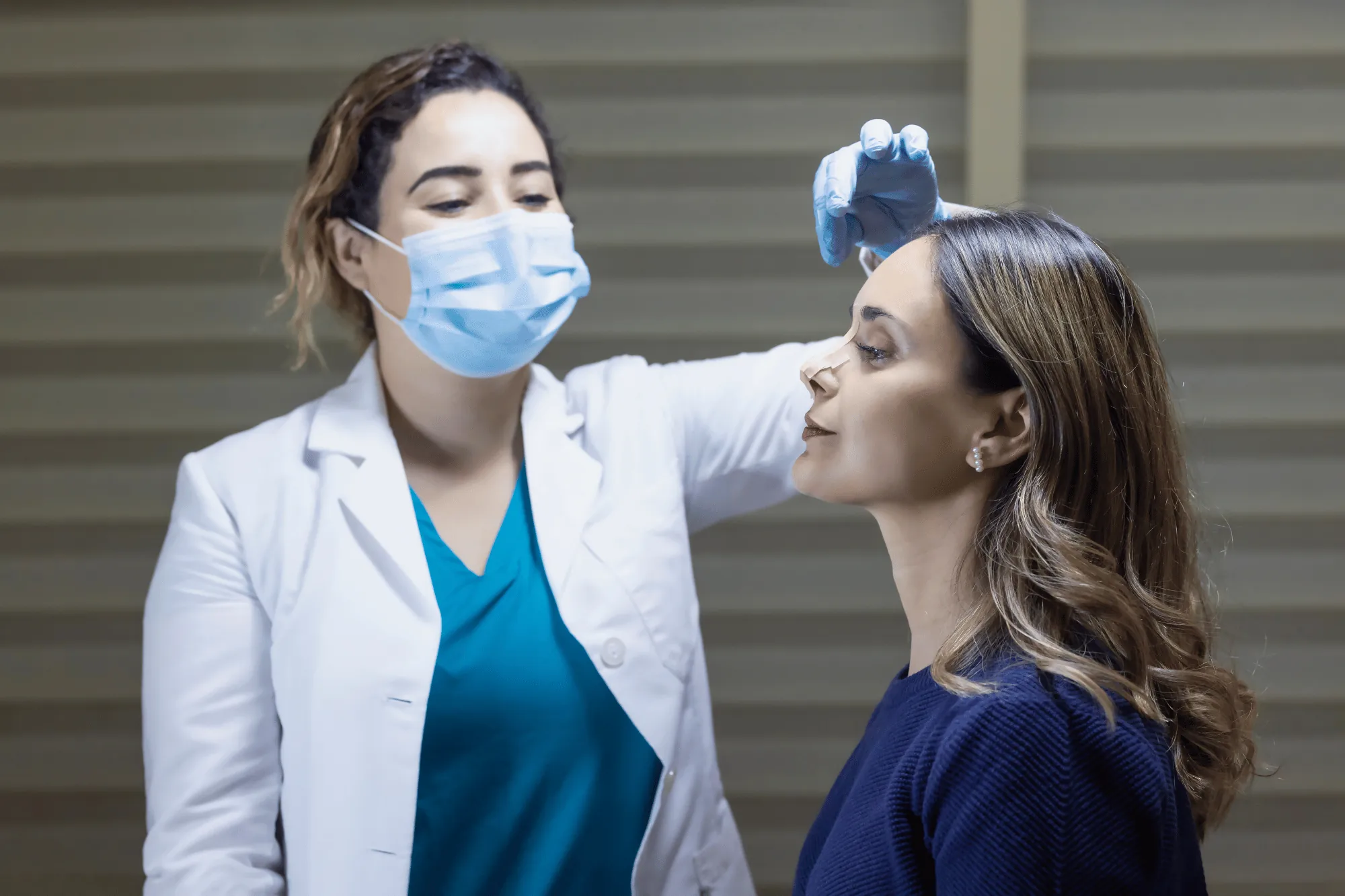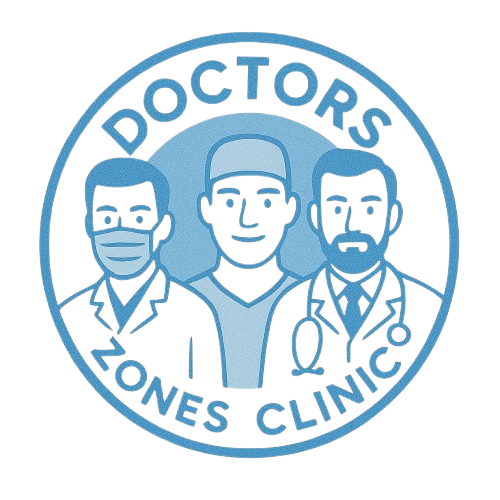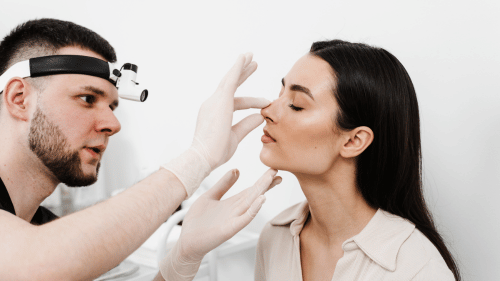Liposuction
Liposuction is a cosmetic procedure that removes stubborn fat deposits from specific areas of the body to sculpt a more contoured and proportionate silhouette.
- The Only Guide You’ll Ever Need
Liposuction
Liposuction is one of the most popular and effective body contouring procedures for eliminating localized fat that does not respond to diet or exercise. Common treatment areas include the abdomen, flanks, thighs, arms, back, and hips. During the procedure, excess fat cells are gently suctioned out using a thin cannula, resulting in a smoother, more toned body profile. At our clinic, we use advanced liposuction techniques—such as tumescent, ultrasound-assisted, or laser-assisted methods—to maximize precision, minimize trauma, and support quicker recovery.
Liposuction is typically performed as an outpatient procedure under local anesthesia with sedation or general anesthesia, depending on the size and number of treatment areas. Recovery varies by individual, but most patients return to light activity within a few days. Compression garments are worn to reduce swelling and help the skin conform to new contours. While not a weight loss solution, liposuction offers long-lasting improvements in body shape and confidence when paired with a healthy lifestyle.
Purpose
Removes excess fat for body contour improvement.
Procedure
Fat is suctioned using thin cannulas.
Areas Treated
Abdomen, thighs, arms, flanks, back.
Anesthesia
Performed with local or general anesthesia.
Recovery
Swelling lasts a few weeks.
Results
Slimmer, more sculpted body shape.
What is Rhinoplasty ?
Rhinoplasty, commonly known as a “nose job,” is a surgical procedure designed to reshape the nose for aesthetic enhancement or functional improvement. It can address concerns like:
A dorsal hump
Drooping or bulbous nasal tip
Crooked bridge
Overall facial imbalance
In many cases, rhinoplasty is also performed to improve nasal breathing, particularly when combined with correction of a deviated septum.
At our clinic, board-certified surgeons take a personalized, detail-oriented approach, analyzing each patient’s facial structure to deliver natural-looking and harmonious results.
Rhinoplasty Process
1. Consultation
Detailed facial and nasal analysis
Discussion of aesthetic goals and functional concerns
Customized surgical plan tailored to your features
2. Surgical Procedure
General anesthesia is typically used
Hidden incisions (inside the nostrils) minimize visible scarring
The nose is reshaped (tip refined, hump reduced, bridge straightened, etc.)
If needed, internal corrections like a septoplasty are performed to enhance breathing
3. Recovery
Surgery duration: 2–3 hours
Outpatient procedure: most patients go home the same day
Swelling and bruising peak in the first week and subside within 1–2 weeks
External splint worn for about a week
Return to light activities and office work: typically within 7–10 days
Final results: refined nasal shape settles within 12 months
Rhinoplasty Cost in 2025 (Turkey)
The experience of the surgeon
The techniques used
Whether functional work (e.g., septoplasty) is also included
Average Cost in Turkey:
Why Turkey?


Overview
What is Liposuction?
Liposuction is a surgical body contouring procedure designed to remove stubborn fat from specific areas of the body, helping reshape and define the figure. It’s ideal for individuals who are close to their goal weight but have isolated fat deposits that don’t respond to lifestyle changes.
Liposuction Involves:
Incisions: Small, discreet incisions in the treatment areas
Fat Removal: A thin cannula is inserted to break up and suction out fat
Sculpting: Contours the body for a more balanced silhouette
Compression: Post-op garments help reduce swelling and support healing
Process
Liposuction Process
1. Consultation
Evaluation of body shape, skin tone, and fat distribution
Discussion of aesthetic goals and treatment expectations
Identification of ideal treatment areas (e.g., abdomen, thighs, arms)
Development of a personalized surgical plan
2. Surgical Procedure
Local or general anesthesia based on the extent of the procedure
Small incisions made in inconspicuous areas
Fat is loosened and suctioned via cannula using a chosen technique
May take 1–3 hours depending on the number of areas treated
Incisions are closed and covered with dressings and compression wear
3. Recovery
Mild swelling, bruising, and soreness common in first few days
Compression garments worn for several weeks
Return to light activities within 3–5 days
Final results become more visible after 1–3 months
Full recovery within 3–6 months depending on treatment areas
Costs
Facelift (Rhytidectomy)
The cost of a facelift can vary depending on several factors, including the complexity of the procedure, the surgeon’s experience, and whether additional treatments (such as a neck lift or eyelid surgery) are performed at the same time.
Typical cost range: $7,000 – $15,000
The experience of the surgeon
The techniques used
Whether functional work (e.g., septoplasty) is also included
Average Cost :
Cost Range : $7,000 – $15,000
What’s included:
- Surgeon’s fee
Anesthesia fees
Operating room and facility costs
Pre-operative consultations and post-operative care
Compression garments or necessary supplies
Before & After
Authentic Patients & Genuine Results
Hear It Straight from
Our Patients Real Stories, Real Impact.
Discover what our patients have to say about their transformation journey with us.
Services
Faq's
Frequently Asked Questions
Have questions about liposuction? We’ve answered the most common concerns to help you feel confident and informed before your procedure.
What age is best for liposuction?
While there is no strict age limit, ideal candidates are adults with stable body weight, good skin elasticity, and localized fat deposits. Most patients are between 25 and 55 years old.
Will liposuction change my body shape significantly?
Yes, liposuction can dramatically enhance body contours by removing targeted fat. However, results are natural-looking and depend on factors like skin tone and overall body structure.
How long will the results of my liposuction last?
The fat cells removed during liposuction are permanently eliminated. Maintaining a healthy diet and regular exercise helps sustain results long term.
Is liposuction painful?
Mild to moderate discomfort may occur, especially in the first few days. Pain is usually well managed with prescribed medications. Soreness and tightness are expected but subside over time.
How long does recovery take?
Initial recovery is about 1 week, but swelling may persist for several weeks. Most people resume normal activities within a few days and exercise after 3–4 weeks.
Will I have visible scars after liposuction?
Scars are minimal and strategically placed in discreet areas. Over time, they fade and are often barely visible.
Can liposuction be combined with other procedures?
Yes. Liposuction is often performed alongside tummy tucks, breast surgery, or fat transfer procedures like BBL (Brazilian Butt Lift) for comprehensive results.
Am I a good candidate for liposuction?
Ideal candidates are near their ideal weight, have stubborn fat areas, good skin elasticity, and realistic expectations. Liposuction is not a substitute for weight loss.
How do I prepare for my liposuction surgery?
Stop smoking and avoid certain medications like blood thinners before surgery. Maintain hydration and follow your surgeon’s pre-op instructions carefully.
Will liposuction tighten my skin?
Liposuction removes fat but does not significantly tighten loose skin. Patients with poor skin elasticity may be advised to combine it with skin-tightening procedures or consider alternatives like tummy tuck.
Claim Your Free Consultation Now!
If you have questions, need support, or are looking for medical guidance, our expert team is ready to assist you.
- Customized Treatment Plan in Minutes!
- Complimentary Consultation and Evaluation
- Round-the-Clock Booking Available
- Everything Included in One Package
- Over 2,800 Clients and Growing in 32+ Countries












